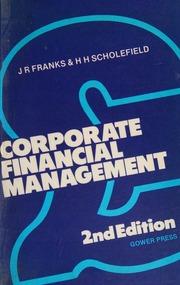Question
The Acadian reading on AI/ML for stock selection, which is based on Piotroski's model of 9 binary variables to forecast stock return outcomes, contains the
The Acadian reading on AI/ML for stock selection, which is based on Piotroski's model of 9 binary variables to forecast stock return outcomes, contains the following passages:
This is an appealing setting in which to apply ML for several reasons. First, we have intuition that the selected financial characteristics may help return forecasting capabilities; this isnt an uninformed fishing expedition in a low signal-to-noise-ratio environment. Second, although reducing the individual financial attributes to binary variables and then summing them is intuitiveand transparent, we have no reason to think that it fully exploits their predictive value. Third, there is no theory or intuition to suggest how we should combine the individual quality metrics, e.g., whether to accord each equal weight or whether the predictors interact ...
Implementing an ML algorithm typically involves subdividingthe historical dataset into three segments: 1) a training sample to estimate algorithm parameters, 2) a validation sample to tune the algorithm and/ or select among several variants, and 3) out-of- sample historical data to evaluate the approach.
Briefly comment on how these passages reflect some of the key potential benefits, and risks, of using AI/ML techniques in investment research.
Step by Step Solution
There are 3 Steps involved in it
Step: 1

Get Instant Access to Expert-Tailored Solutions
See step-by-step solutions with expert insights and AI powered tools for academic success
Step: 2

Step: 3

Ace Your Homework with AI
Get the answers you need in no time with our AI-driven, step-by-step assistance
Get Started


